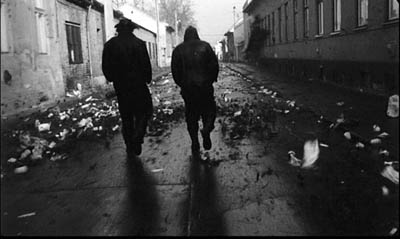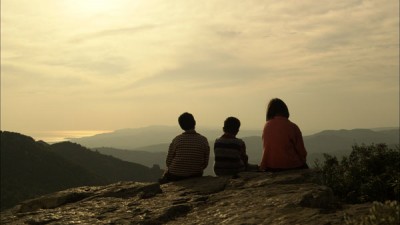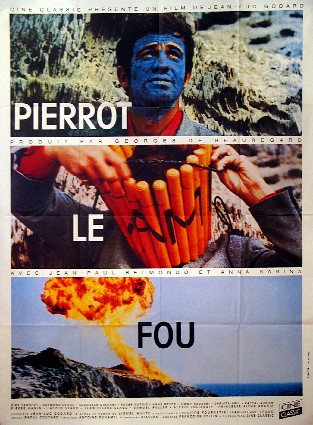
Have you ever gazed at mud so long that you begin to realize an intricate beauty in it? Do you perhaps come to appreciate its consistent texture or its effervescent gleam? At some point during the 7 hours you'll spend inside the filthy world of Bela Tarr's 1994 epic Satantango, you'll be able to answer "yes" to either one of these questions. I spent a large portion of the day yesterday watching this film after striking gold when it was finally released with English subtitles this year, eliciting one simultaneous roar from cinephiles worldwide. The film, yet another one of Tarr's antitheses of corporate cinema, is one of the most hidden of treasures in the movies. In his distinctive style, he weaves together multiple documentations of the miserable inhabitants of a farm collective. As a pure mood piece on entropy and desolation, few films surpass it. Tarr's mise-en-scene is drab and beautiful; the shots stall most times for up to 10 minutes and the camera is slowly orchestrated yet versatile. The actions of characters are focused on in their entirety, to the point that it is riveting when we see a man pour a glass of brandy. Off-screen dialogue, pensive glances, and elongated trudges are ubiquitous. With Mihaly Vig's unusually hypnotic accordion music, this peculiar atmosphere is heightened to a haunting degree.
However, Satantango should be seen not only for this admirable destruction of filmic norms, but also for its coherent, devastating subject matter. A mesmerizing tone is built once we begin to realize that the stories that are being told are unfolding in real time and during the same time. The four parts - a man named Futaki discusses cashing out and leaving with a friend whose wife he is having an affair with, a crumbling doctor stares from his living room window at the uneventful village and records his thoughts in a journal, a young girl contemplates with a cat her lonely and neglected life, and a group of stubborn adults drink to the coming of a conman - are connected by the fact that they overlap. This method has never been less tiring, as it establishes a plausible rhythm rather than advances some hackneyed plot. The rumor of the arrival of Irimias and Petrina, the two conmen who were thought by the village to be dead and gone, curiously recalls the confounding entrance of the circus in Tarr's Werckmeister Harmonies.
It seems Tarr has a fascination with the piling on of confusion during already miserable times. However, in Satantango, Irimias turns out be an unsung hero that woos the stubborn drunkards of the village into a trip to the outskirts of the pancake terrain. This turns only into more dissatisfaction assisted by poor weather. Whereas in Tarkovsky's films, the rain seems to have a spiritual presence, in Tarr's films, the rain simply acts as an internalized motif: the characters are miserable and therefore the rain adds to or reciprocates their misery. Perhaps this description makes Satantango sound extremely undesirable, but to reference the mud analogy again, it's actually beautiful and tragic, containing some incredibly moving sequences. It's also the ultimate summit of serious film viewing.








